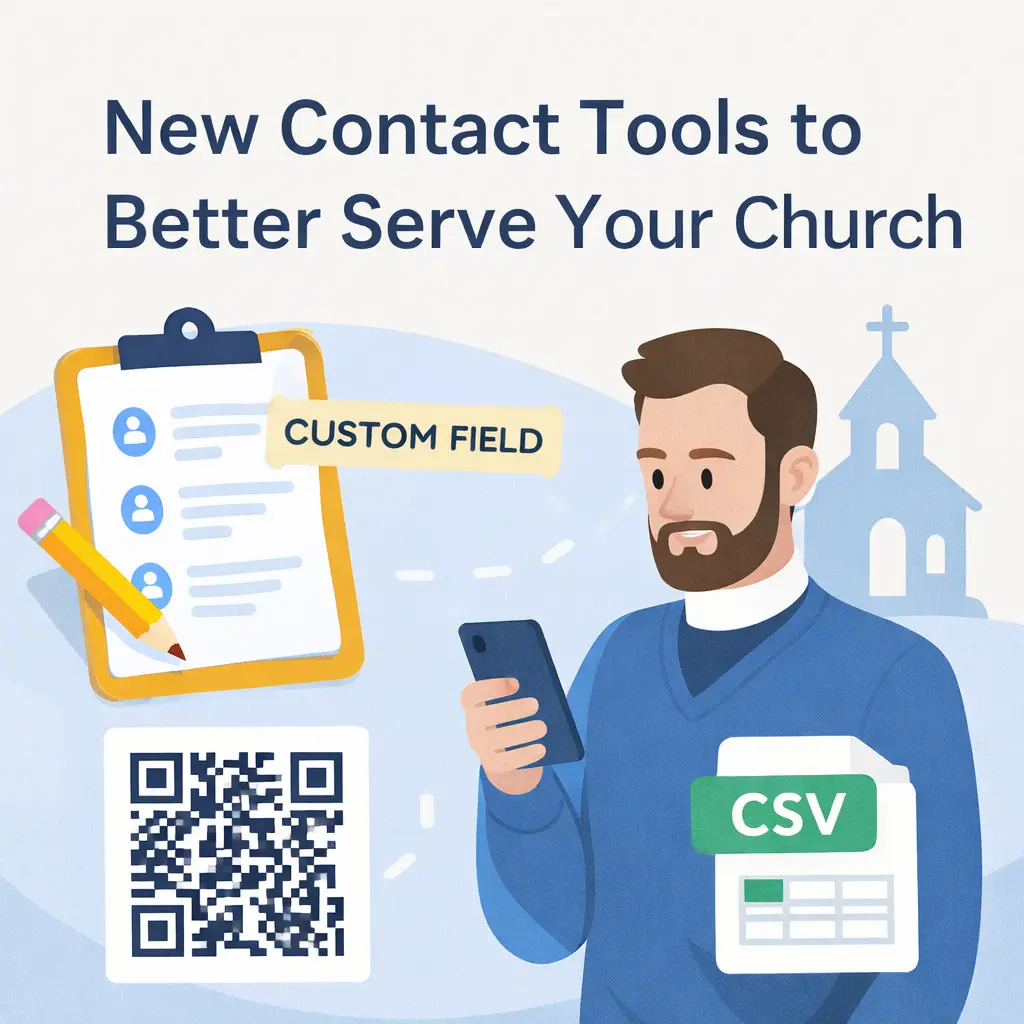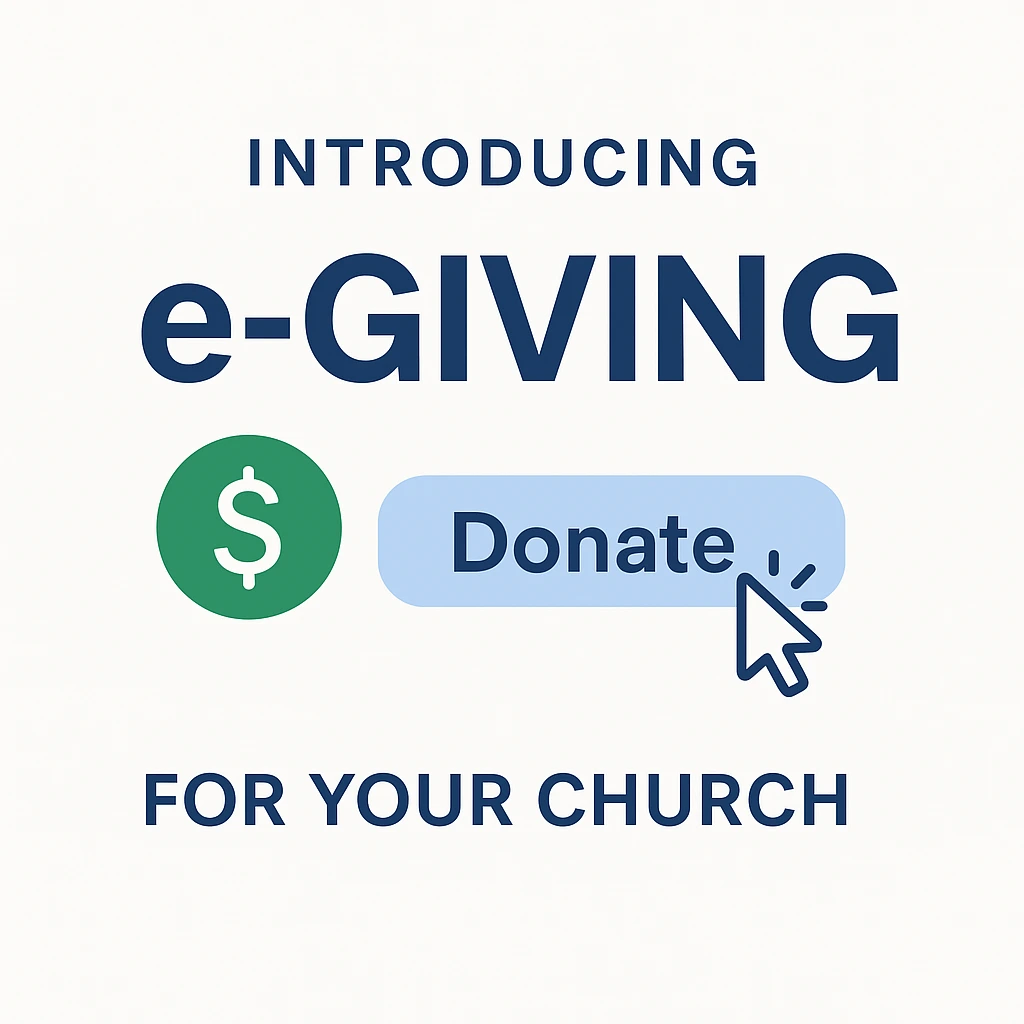How to Create an Online Course for Beginners (start to finish)
Have you always wanted to create a course but have no idea how to actually do it?
In this article, we'll guide you through the process of creating your very own online course from start to finish.
Step 1: Identify Your Course Topic.
The first step in creating an online course is to identify a topic you're passionate about and have a good understanding of. Ask yourself what problems you can solve, who you can help, or what specific results you can offer.
Choosing a topic that aligns with your expertise and interests will make creating your course easier.
Step 2: Market Research.
Before diving into course creation, it's crucial to ensure there's a demand for your course.
While some suggest checking online learning platforms like Udemy, Coursera, or Skillshare for similar courses, we recommend a different approach.
Our preferred method, called "Racking the Shotgun," involves making a Facebook post to gauge interest in your topic. This real-time feedback allows you to validate your course idea and potentially attract initial students.
To do this simply make a Facebook post using the following formula...
"I'm thinking about helping [INSERT YOUR IDEAL CLIENT OR MARKET] get [INSERT SPECIFIC RESULT]. Who's interested?"
If possible, make the Facebook post using a colored background with white or black text. This way the post acts as a pattern interrupt.
When people like or comment on the post, you have potential leads.
Step 3: Course Planning.
Once you have a validated course idea, it's time to plan the structure and content.
Start with the end in mind and define the transformation or learning outcomes you want your students to achieve. From there, create modules and lessons that guide your students toward that goal.
A helpful framework for planning your course is "Prison to Paradise," which emphasizes the journey from a problem (prison) to a desired outcome (paradise).
To do this first get clear on what is the current 'prison' your ideal customer or client is in. What does their world look like, sound like and feel like? Getting clear on this helps you understand their current problems and frustrations.
Another way to think of this is if you could follow your ideal customer or client around with a video camera what would the camera see, hear and capture them feeling?
Once you are clear on your ideal customer's 'prison' do the same exercise for their 'paradise' - what they want.
Getting clear on both the 'prison' and 'paradise' gives you a very clear point A and point B. This helps you know where your customer is before your course and where you need to get them to after completing your course.
Once you're clear on this, you can then brainstorm what is everything they need to know and/or do to get from 'prison' to 'paradise.'
Whatever those things become the content that gets them through the gap - from 'prison' to 'paradise.'
To learn more about this process, click here to watch this video.
Step 4: Content Creation.
Content creation is where the magic happens.
Depending on your course, you can include video content, audio lectures, written materials, quizzes, or interactive elements. A diverse range of content types can enhance learning and engagement.
My favorite way of creating content is to create videos and then extract the audio and transcribe it to provide various learning formats. This way you can create all learning formats while only creating the content just once.
Step 5: Course Platform.
Choosing the right platform to host your online course is essential. There are several options available, such as Kajabi, Thinkific, and Udemy.
However, the SocialGlow platform is highly recommended due to its user-friendly interface, fast course creation process, and excellent mobile delivery. Having all your course components, community, content, conversations, and coaching in one place simplifies the learning experience.
Step 6: Pricing Your Course.
Determining the price of your course can be challenging. Consider the value you're providing and compare it to similar courses in the market. It's important not to undersell your knowledge and effort. Offering an introductory discount can help attract initial students.
Another strategy, especially for beginners, is to offer a Founder's price.
This involves generating interest, gathering a list of interested individuals, and offering them a special discounted rate in exchange for feedback as you develop the course.
Step 7: Launch and Marketing.
Building interest and anticipation before the course launch is crucial. Utilize social media, email marketing, and your personal network to spread the word.
Once your course is live, continue marketing it, gather feedback from students, and make necessary improvements. Remember, your first course doesn't have to be perfect.
Focus on providing value and helping your students achieve results.
Now what?
Congratulations! You now have a comprehensive understanding of how to create an online course from start to finish.
Remember that creating a course is a journey, and perfection is not necessary. What matters most is delivering value and helping your students succeed.
So, don't wait any longer—start today!








